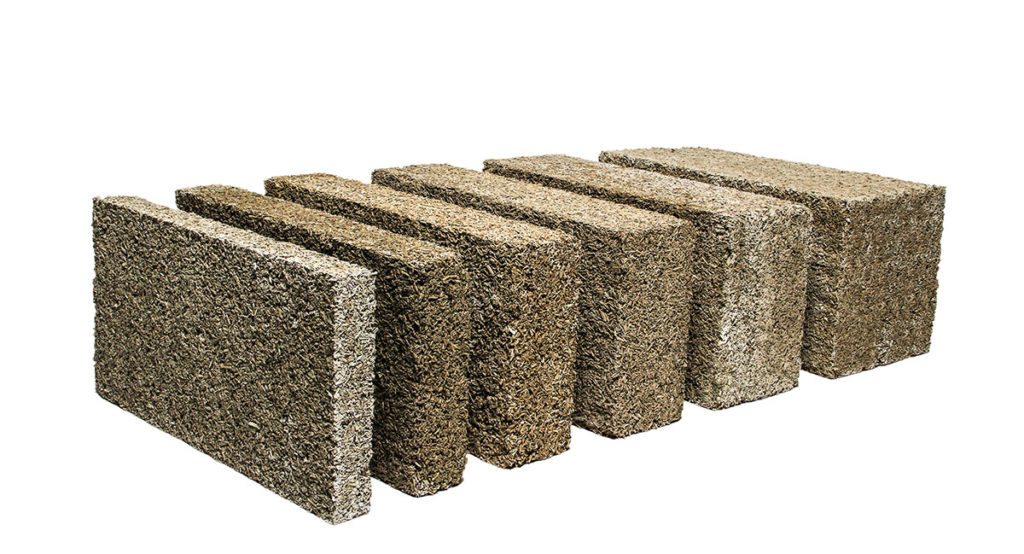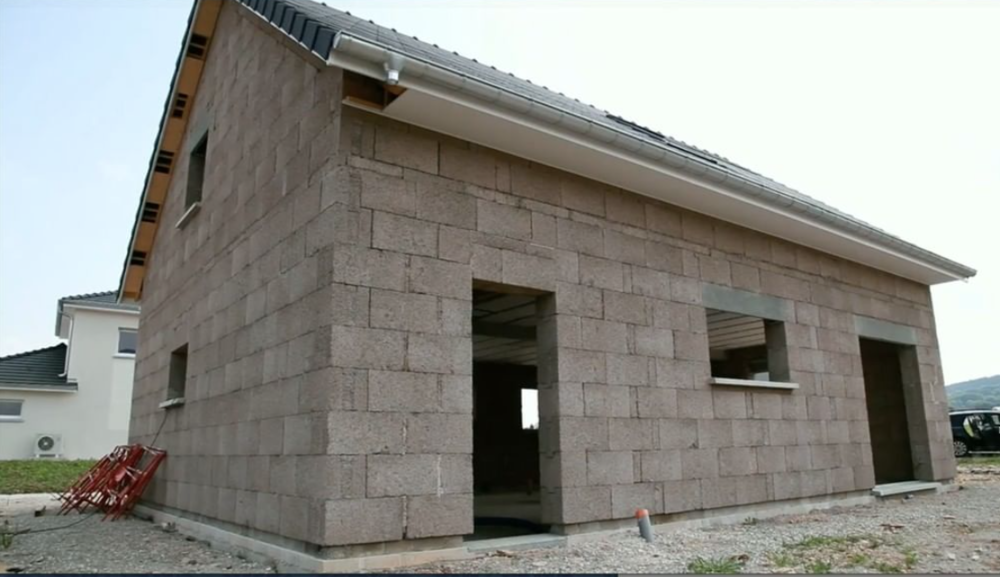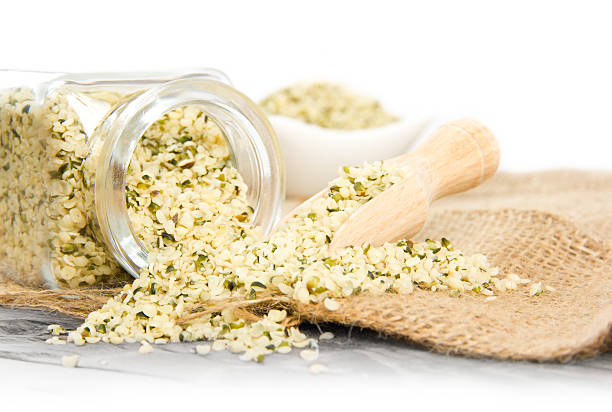0
-
An empty cart
You have no item in your shopping cart
Hempcrete blocks are growing in use for buildings and homes. Here at Better Option Foods, you know we LOVE hemp. In addition to the superb nutrition, hemp can be used in so many ways that benefit our environment. We have been learning more about how hemp can help the environment and wanted to share about an interesting topic we have found.

In this post we are going to be discussing Hempcrete. What it is, how it can be used, where to find it, pro’s and con’s and more. If you are interested in learning more about hemp and the amazing capabilities of this plant, keep reading.
Hempcrete is biocomposite material, a mixture of hemp hurds and lime, sand, or pozzolans, which is used as a material for construction and insulation.
You can buy hempcrete online from multiple different sources. It’s not hard to source, which makes it available to use for building.
Here are three of the top companies who manufacture hempcrete:
You can request a quote with any of these companies if you are interested in using hempcrete for any future building projects.
Yes, you absolutely can use hempcrete to build buildings. Hempcrete is used for many other things as well such as roofs, insulation, linings, roofs, screeds, attic spaces and renders.

Yes, you can. Hempcrete it made from two main ingredients, hemp hurds and powdered lime. It would probably take a long time to build a house out of homemade hempcrete blocks, but not impossible. It would be tedious though, nonetheless.
An interesting fact about hempcrete is that you can build a 1,500 sqft house with 2.5 acres of grown hemp hurds.
Hempcrete is made with a mixture of hemp hurds, and powdered lime. It can also use sand and pozzolans for extra strength.
The downsides of hempcrete are that it is not as durable as concrete, and it does end up being more expensive to build with this material. It also cannot be used for heavy loads; frames are required to ensure the stability and strength of the building. However, these downsides are greatly offset by the environmental benefits of building with hemp. Hemp is a plant and thus no chemicals are used in the making of the building material. It is an incredible with so many capabilities.
No, hempcrete is not stronger than concrete. It lacks the comprehensive strength associated with concrete as it is lightweight and not very dense. However, hempcrete is said to be a carbon sink, fire-resistant, pest-resistant, a strong insulator, stores, and releases moisture. That is pretty cool!
Hempcrete is more expensive than concrete. Generally, take the standard price for a build per square foot, add a minimum of $60 to that. Where it may cost an average of $120 per square foot on a traditional build with concrete, a hempcrete structure may cost $180 per square foot or more. It’s up to you to decide if the extra investment is worth it for you.
Overall, it is neat to learn about all the ways hemp can help our environment. It has so many great purposes that we hope more people will take advantage of.

We love the nutrition that hemp provides the human body here at Better Option Foods. Try our hemp products today! They are gluten free, soy free, nut free, and mostly dairy free. Hemp is jam-packed with protein and is a great option for plant-based nutrition.
If you are new to hemp, try our Gluten Free Hemp Protein Pancake & Waffle Mix, or our Soft & Chewy Raw Protein Bars.